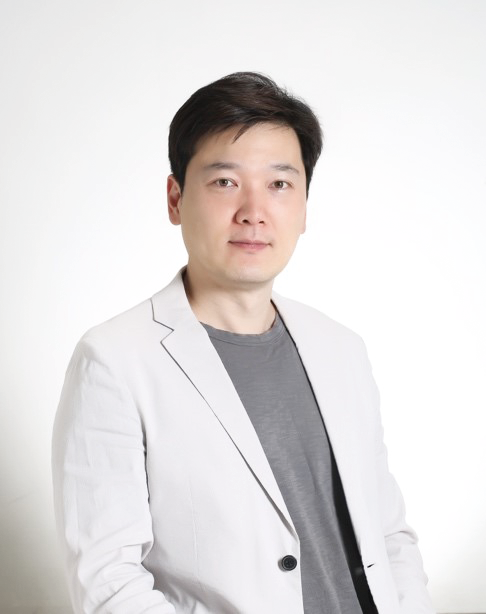
About our lab “Solid State Spectroscopy”
Our lab studies “quantum” materials in solid phases where atoms form a well-defined periodic array that defines the symmetry of the “universe” inhabited by a multitude of electrons. Each material has its own universe, with electrons organizing themselves in complex, often unpredictable ways. Our main goal is to understand the collective behavior of electrons, which can differ significantly from isolated electron behavior. Occasionally, new (quasi)particles “emerge” with properties distinct from the constituent electrons. For example, an emergent particle might possess fractional quantum numbers as a result of an electron “splitting.” We investigate these phenomena using various spectroscopic methods, shooting probe particles into the sample and analyzing the outcome. Depending on their scattering cross sections, we utilize visible light (Raman scattering), x-rays (resonant x-ray scattering), or neutrons (neutron diffraction/inelastic neutron scattering) to create the targeted particles. We also grow our own single crystals, as our experiments require samples of exceptionally high quality. While the emergent particles may find practical applications, such as in superconductivity, our research primarily aims to uncover the governing principles of nature.
How did I get started in this business?
Often perceived as a field focused on discovering materials with practical applications, solid-state physics also reveals phenomenal phenomena governed by laws as profound as those in the standard model describing our universe. Indeed, particles once thought exclusive to high-energy physics are now being discovered in solid-state systems. As a graduate student, I was captivated by the concept of “emergence,” a stark contrast to reductionism, which aligns more with human nature to understand by breaking things down into simpler components. This concept underpins, among other universe wonders, consciousness, which could arguably be replicated artificially soon. What I particularly enjoy about studying solid-state systems is that experimental projects are relatively smaller-scale compared to high-energy physics, allowing me to engage in every project aspect. The personal satisfaction from a successful project can be as rewarding as that from a billion-dollar project.
About Spin nematic
During our quest for high-temperature superconductors, we stumbled upon spin nematic. Nematic refers to a phase possessing characteristics of both liquids and solids, akin to liquid crystals used in cell phones and TV displays. Spin nematic, however, is a magnetic analog of liquid crystals and a purely quantum-mechanical phenomenon. As such, it eludes intuitive explanation. It involves concepts like “entanglement,” where electrons can exist simultaneously in multiple states—similar to Schrodinger’s cat being simultaneously alive and dead—and “intertwining,” where electrons form two different orders simultaneously. At very low temperatures, spins form a magnetic order (pointing along a fixed direction) and simultaneously fluctuate over time, averaging out to a direction. This “quadrupolar” spin order, which persists at higher temperatures when magnetic order dissolves, is termed a nematic phase. Its discovery is significant not only as a new state of matter, theorized half a century ago but never directly observed, but also as a potential clue to the mechanism behind high-temperature superconductivity.
Quest for high-temperature superconductors
Our primary mission is to discover a new high-temperature superconductor based on iridium oxides (iridates) and to decipher its mechanism. We focus on iridates due to the remarkable similarities we’ve observed between square-lattice iridates and copper-oxide-based high-temperature superconductors in their lattice, electronic, and magnetic structures. Although iridium is prohibitively expensive and unlikely to be used in practical applications—even if it becomes a room-temperature superconductor—it is invaluable for research to unveil the secrets of high-temperature superconductivity. Once we understand its superconducting mechanism, we might design new materials for room-temperature superconductors. Additionally, understanding the nature of phases competing with superconductivity is crucial. We study how electrons are structured in real and momentum space, both statically (ground state) and dynamically (excited states). Our proximity to Pohang Light Source is a significant advantage for our synchrotron x-ray studies.
To POSTECH students
It is a rare privilege as a natural scientist to catch a glimpse of the “real” quantum world. The infinite possibilities within this realm are absolutely amazing and far beyond our wildest imaginations. What we perceive as reality might be starkly different from what truly exists, as our understanding is constructed from information processed by our five senses. This world, unseen yet fundamental, holds secrets that could redefine the foundations of science and technology. Though it may require years of dedicated training to fully appreciate the intricate beauty of nature, I firmly believe that devoting one’s life to uncovering even the smallest element of this mystical world is a worthy endeavor. Each discovery, no matter how small, adds a unique piece to the puzzle of the universe, potentially leading to breakthroughs that transform how we live, think, and interact with everything around us.
As future pioneers of scientific inquiry, you are not merely studying to acquire knowledge; you are embarking on a profound journey to unlock the mysteries that bind the cosmos. Embrace this journey with curiosity, passion, and perseverance.


